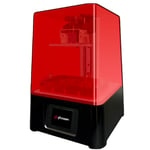Things are speeding up in the MSLA market: Just a few short months after Taiwanese manufacturer Phrozen introduced its professional high-speed machine, the Phrozen Sonic, now the all-new Sonic Mini is on the scene.
While it looks a little bit like the Phrozen Shuffle Lite – the company’s budget MSLA offering – don’t let the similarities fool you: It’s a completely different beast. Capable of printing fast – like, really fast – as much as five centimeters per hour under optimal conditions, it has the potential to disrupt the bottom of the market in a big way. Why? Because it’s as cheap, if not cheaper than the top competition.
Our pick for Best Budget Resin Printer of Spring 2020, read on for the skinny on the Phrozen Sonic Mini.
Verdict
Pros
- Affordable
- Easy to use
- Faster than the rest
Cons
- Smaller than average build volume
- Slight resolution hit
- Obscured USB input
Phrozen knocks it out of the park with the Sonic Mini. It’s cheaper than most of the competition (it launched at ~$200, and while the price has slowly ticked up, it’s still a great value 3D printer,) and is as easy to set up and use. On paper, the print resolution is, objectively, worse than its stablemates, but we’d argue that most won’t notice the difference. And to cap it all off, it prints way faster than the others, too.

Sonic, but Mini
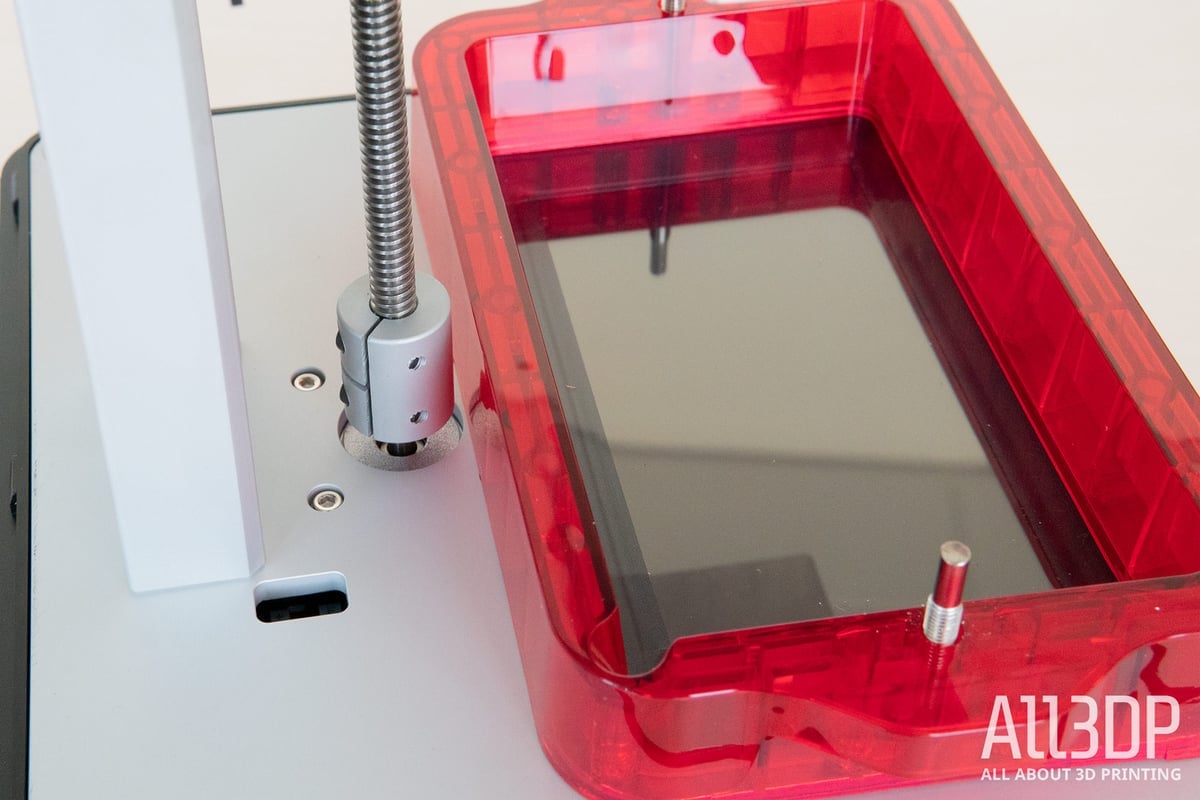
In addition to its name, the Phrozen Sonic Mini also shares the mono-LCD display tech of its larger sibling, the Phrozen Sonic. Special for its ability to let much more light through than the LCD panels found inside competing budget resin printers, the result is a resin 3D printer that can cure a layer in less than two seconds.
The Sonic Mini launched at the beginning of this year for the silly price of $199, undercutting most (if not all) of its rivals whilst also offering one big advantage: printing much, much faster, which is pretty unheard of in a market brimming with printers separated by style, rather than substance and ability.
At such a slim price point, there had to be costs saved – corners cut, even? Well, glancing over the machine it becomes crystal clear where some of the savings come from, and it’s not bad news.
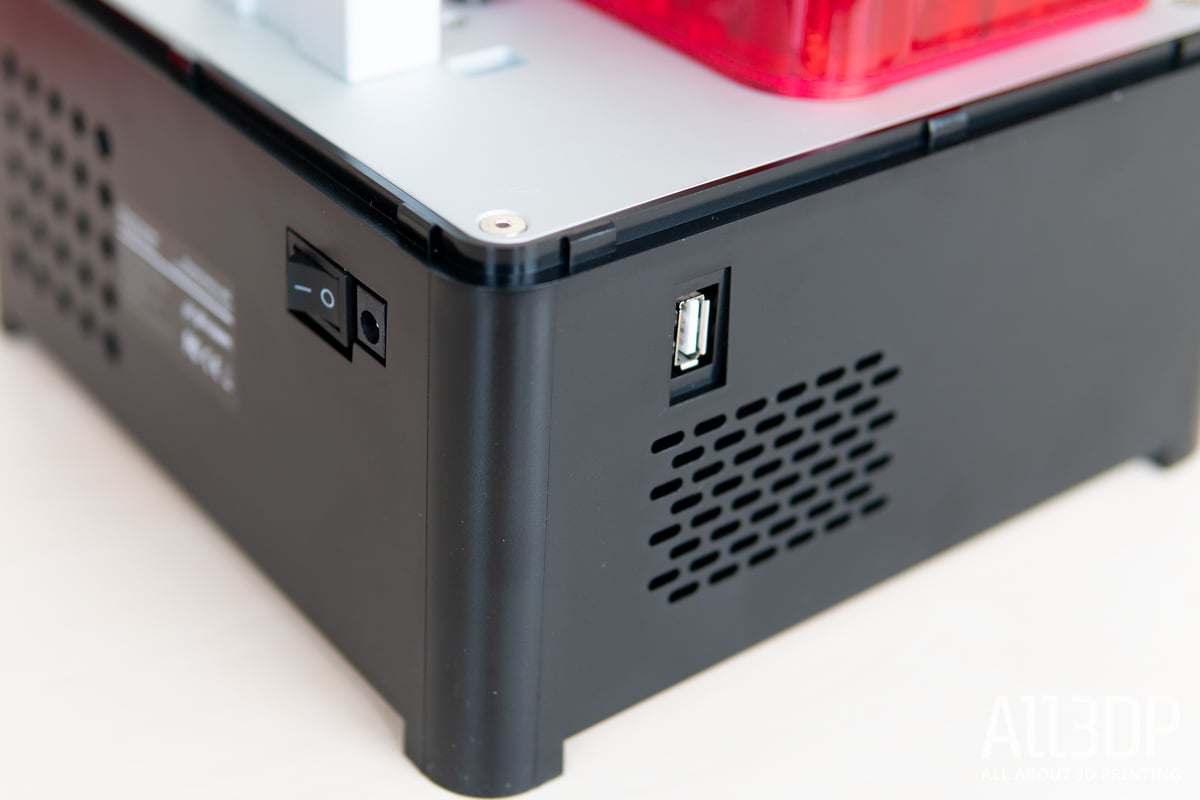
For starters, the frame is an easily and cheaply mass-produced injection molded shell. While missing the characteristic sturdiness of Phrozen’s past stamped-metal machines, the lightweight Sonic Mini retains some heft in its base, resisting tipping with a low center of gravity.
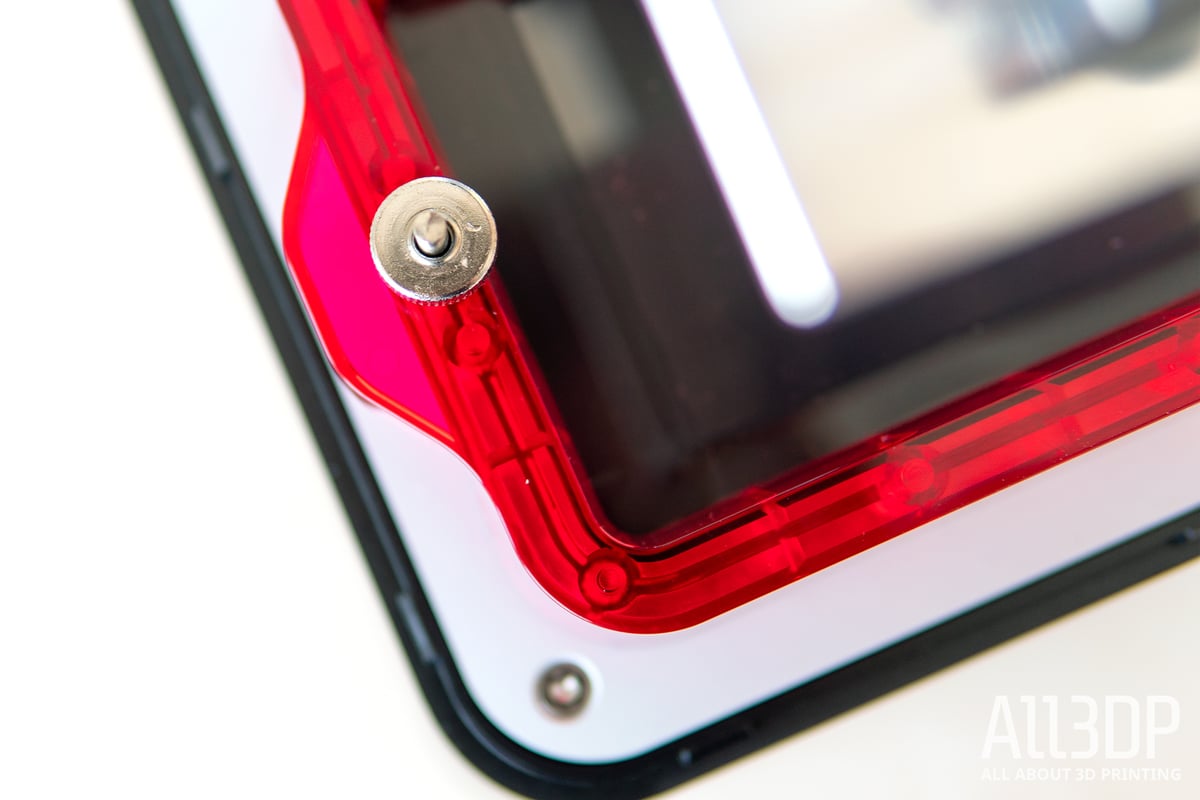
Elsewhere, the other big apparent cost-saving is the use of an injection-molded resin vat, instead of the typical milled metal. Stylistically, we love the vibrant, semi-transparent vat and the splash of color it brings to the printer. Replacing FEP sheets as they wear will be a familiar process – the metal tensioning plate typical of desktop resin FEP vats is still present in the Sonic Mini’s punchy vat.
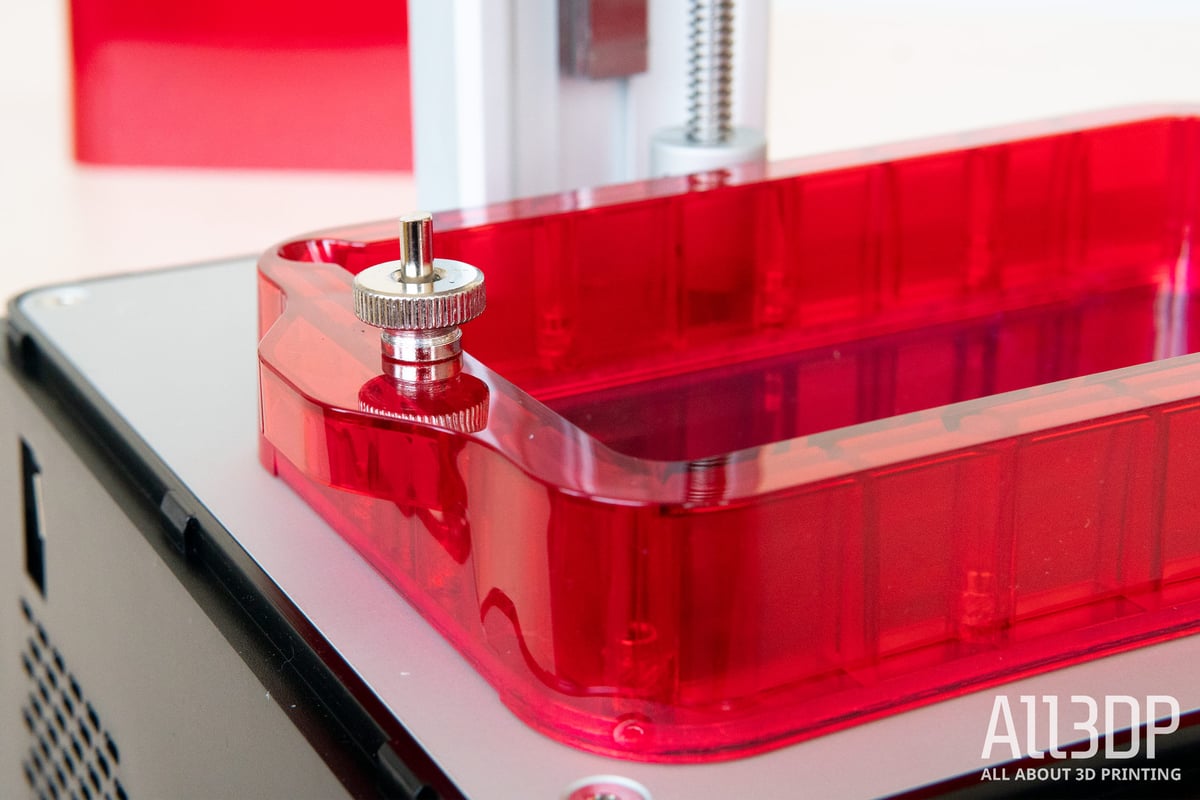
What does not appear to have been compromised in the lurch to the bottom of the market, however, is the Z-axis assembly. Here the print plate armature rides up a lead screw steadied by a linear guide. It’s solid, and after a handful of prints, we’ve noticed nothing to suggest the printing action or print quality be anything less than in line with the current crop of budget desktop MSLA printers.


Silky Smooth
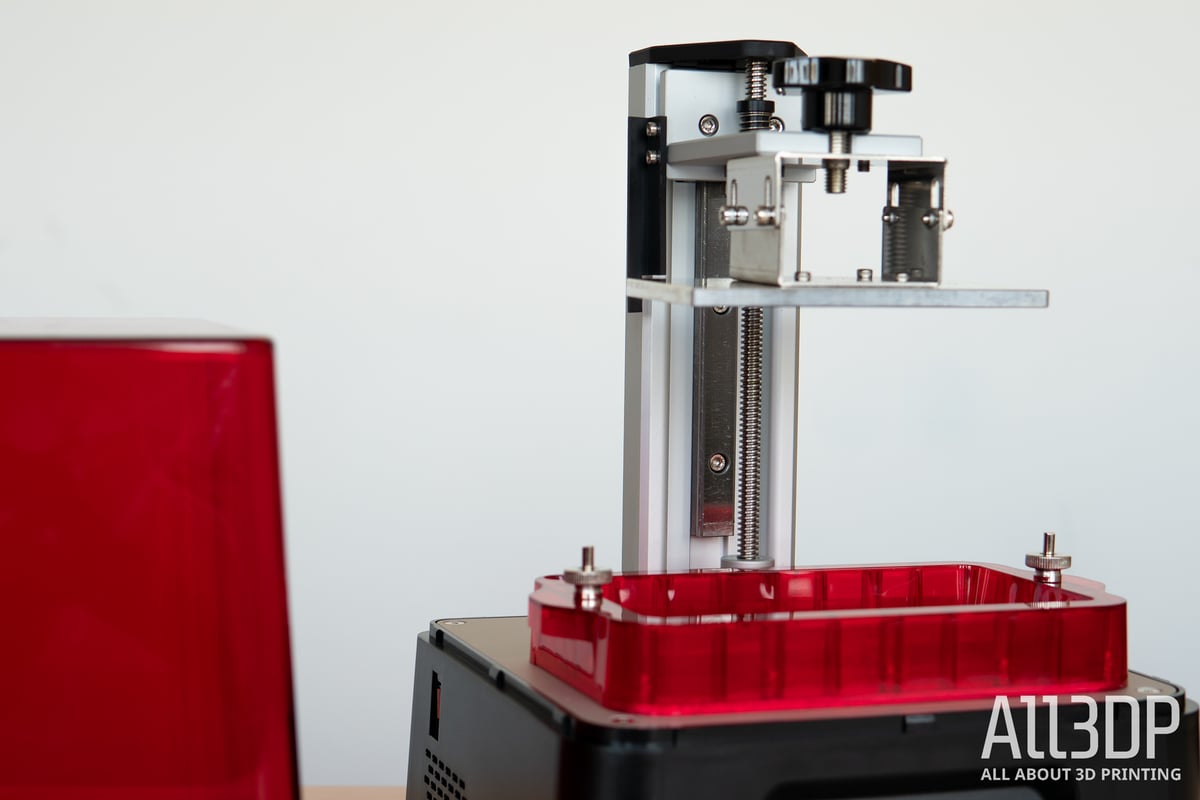
Keeping things humming along inside the Phrozen Sonic Mini is a ChiTu board, which means the general user experience is simple and effective. The UI is Phrozen branded, but recognizably ChiTu, meaning your hand is held by large buttons and there are no vestigial functions to distract.
Print preparation is handled using a contemporary version of ChiTuBox, which gives you all of the necessary functions to orient, support, and hollow if necessary, before outputting a .phz file that is readable by the Sonic Mini.
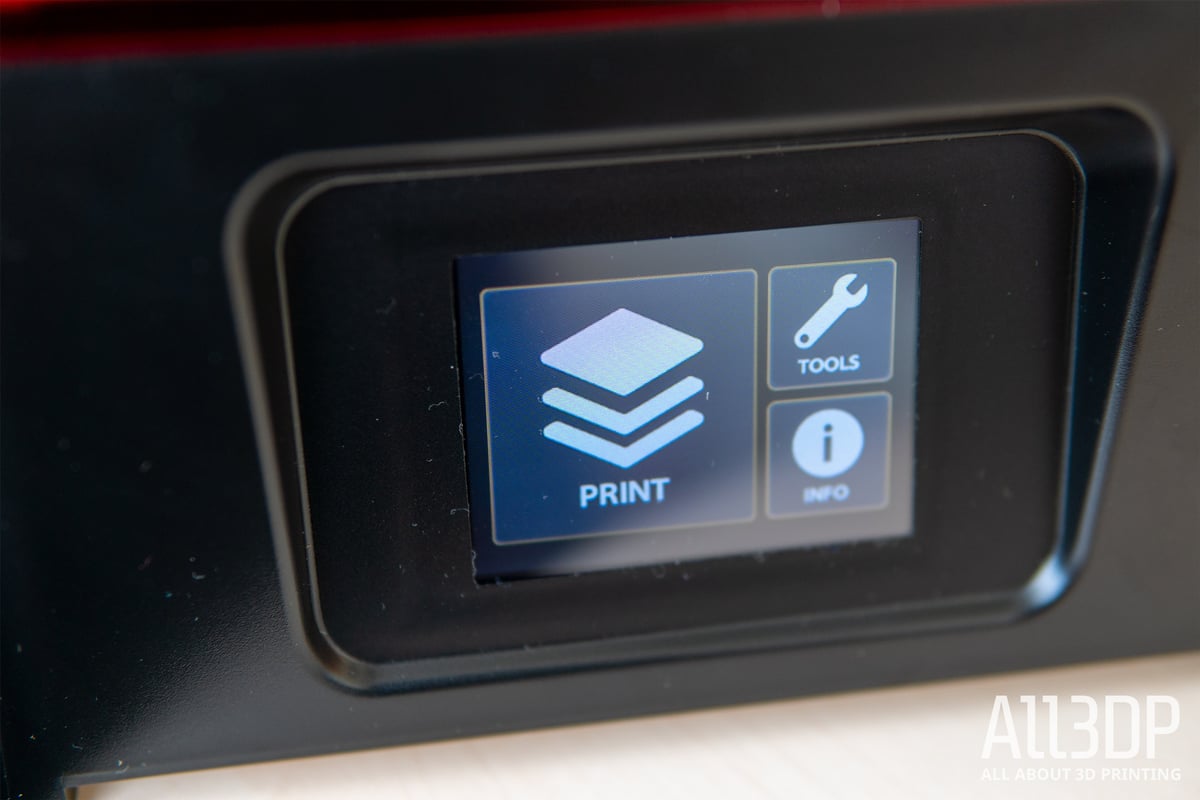
The LCD masking screen inside the Mini is a 1920 x 1080 panel which, while lower resolution that the 2K screens commonly found in budget MSLA printers today, still offers a respectable XY- resolution of 62 Microns.

In the flesh, this resolution drop only becomes apparent when scrutinizing prints in direct light. Combine this with supercharged layer cure times of a mere two seconds (using Phrozen’s standard resin), the result is a MSLA printer that prints at a quality close to the current crop of favored MSLA printers, for less money, and a heck of a lot faster. It’s insane.
Further printing using other brand resins yields similar results – fast cure times and prints that capture fine detail.
Using the default values baked into the ChiTuBox profile for the Sonic Mini, the printer spends more time repositioning to change layer than it does actually printing. Perhaps there is room for optimization here to squeeze print times lower still – we certainly had some small success doing so, but it’s unclear if the light engine’s cooling is powerful enough to dissipate the heat generated from printing with less screen-off time. Monochrome LCDs are a bit more durable than their non-mono counterparts, so it might be possible to – borrowing a term that loosely works – overclock it a bit and run hotter than it would at stock.
We wouldn’t recommend this unless you’re prepared to risk ruining your machine, but certainly, we see potential to have the Sonic Mini print even faster. If you wanted to push things further, viscous draft resins such as Formlab’s Draft – a resin designed to print at 0.3 mm layer heights – work in the Sonic Mini. It requires longer layer cure times, but overall across the cure and reposition, it saves time. The resulting models lose resolution across all axes, but for quick and dirty prototypes and test prints, it’s terrific.
Again though, this has the printer running pretty hot – more an experiment than something we’d comfortably run day in day out on the Sonic Mini.
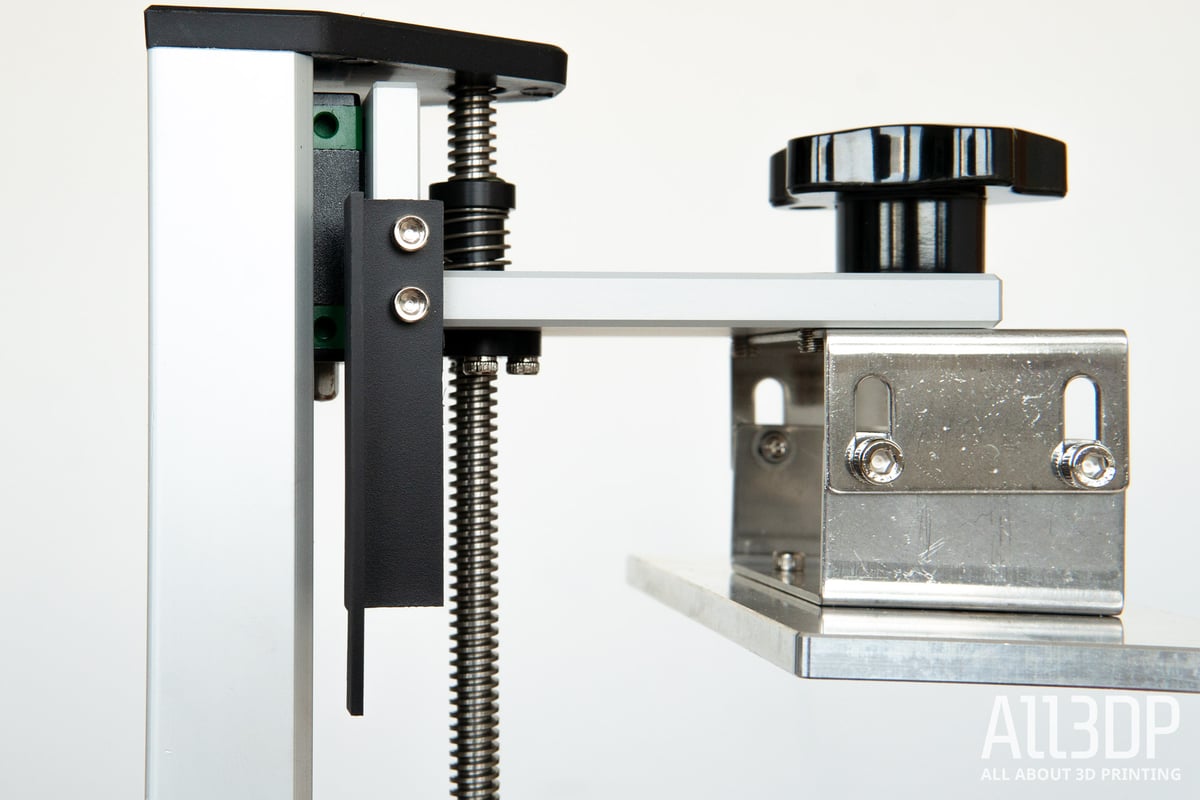
Your one “big” compromise is in print volume, with the Sonic Mini coming short at 120 x 68 x 130 mm – 25 mm shorter in the Z-axis than the Elegoo Mars Pro and 35 mm shorter than the Creality LD002-R. A small price to pay considering the ~$200 price tag and fast printing the Sonic Mini offers.

Is It Worth It?
Yes. There are more low-cost desktop resin printers than one can reasonably keep up with these days, all offering like for like specifications. It’s unusual for one to stand apart, which is exactly what the Phrozen Sonic Mini does with its monochrome LCD and ability to cure layers much faster than the competition.
While the print quality technically isn’t as good as the likes of the Elegoo Mars, because of the Sonic Mini’s 1920 x 1080 LCD, we’d strongly argue that many wouldn’t be able to tell the difference between prints from both machines in a lineup. Which is why we rate it so highly. In our experience, it’s as good as the rest where things matter, and in one aspect, much better.

Features
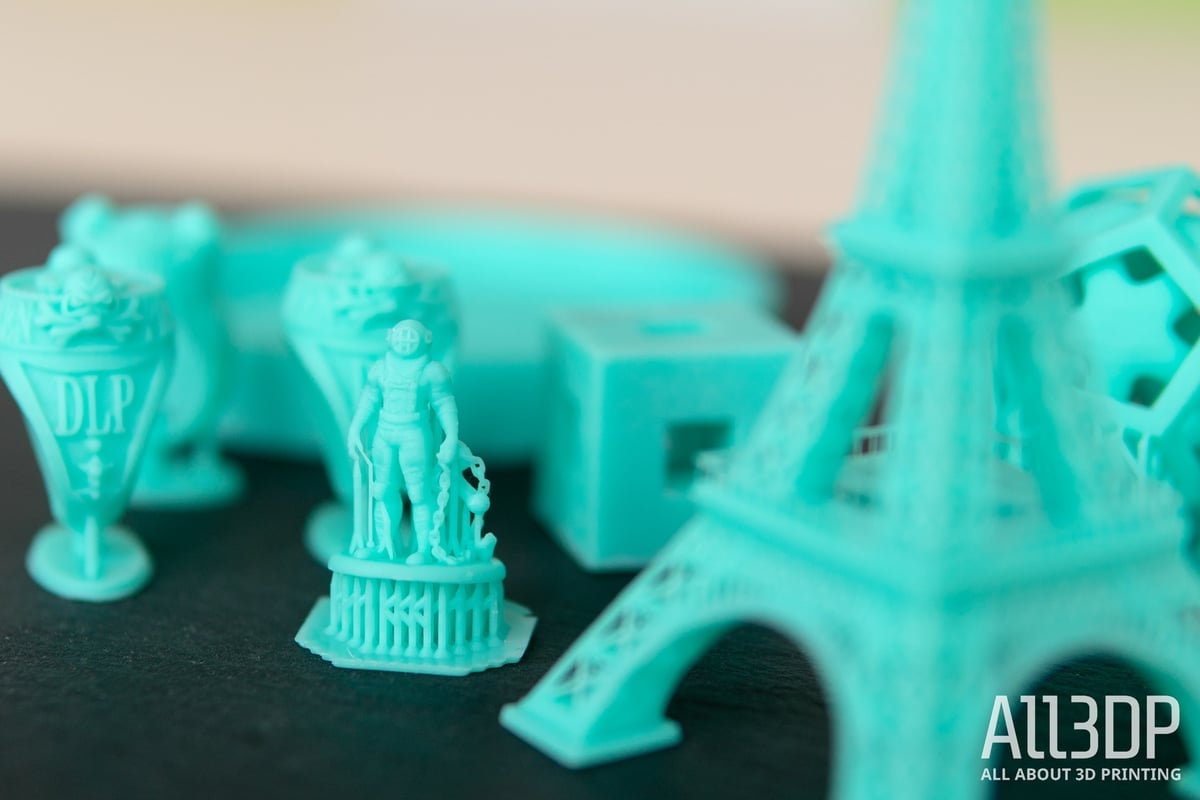
If you take a look at the specs, the Sonic Mini stands out from its competition by its capability to print fast.
Monochrome LCD
Like the larger and much more expensive Phrozen Sonic, the Sonic Mini continues Phrozen’s exploration of mono-LCD technology – an alternative type of LCD masking screen that allows more UV light to pass through. This lowers layer cure time and dramatically speeds the printing process up. The screens typically available today are of a lower resolution than non-mono LCDs – int he Sonic Mini’s case, the panel used is 1920 x 1080.

It is claimed that this new panel is harder wearing and longer-lasting than conventional panels, with the company claiming a lifetime of 2,000 hours. If so, that would have it lasting some four times longer than competing printers’ LCDs. We’ve yet to see the price of a replacement mono-LCD, though, so we’ll reserve judgment on whether this is as spectacular as it sounds at face value.
Quality vs. Speed
The Phrozen Sonic Mini features an XY resolution of 62 microns – down from the 47-microns found on the original Phrozen Shuffle. This is a modest step down in quality that is easily palatable when considered against the Sonic Mini’s ability to cure a layer in as little as two seconds. And this is the standard layer cure time for 0.05 mm layer using Phrozen’s standard resin. Going finer at 0.03 mm layers pushes the cure time below two seconds.
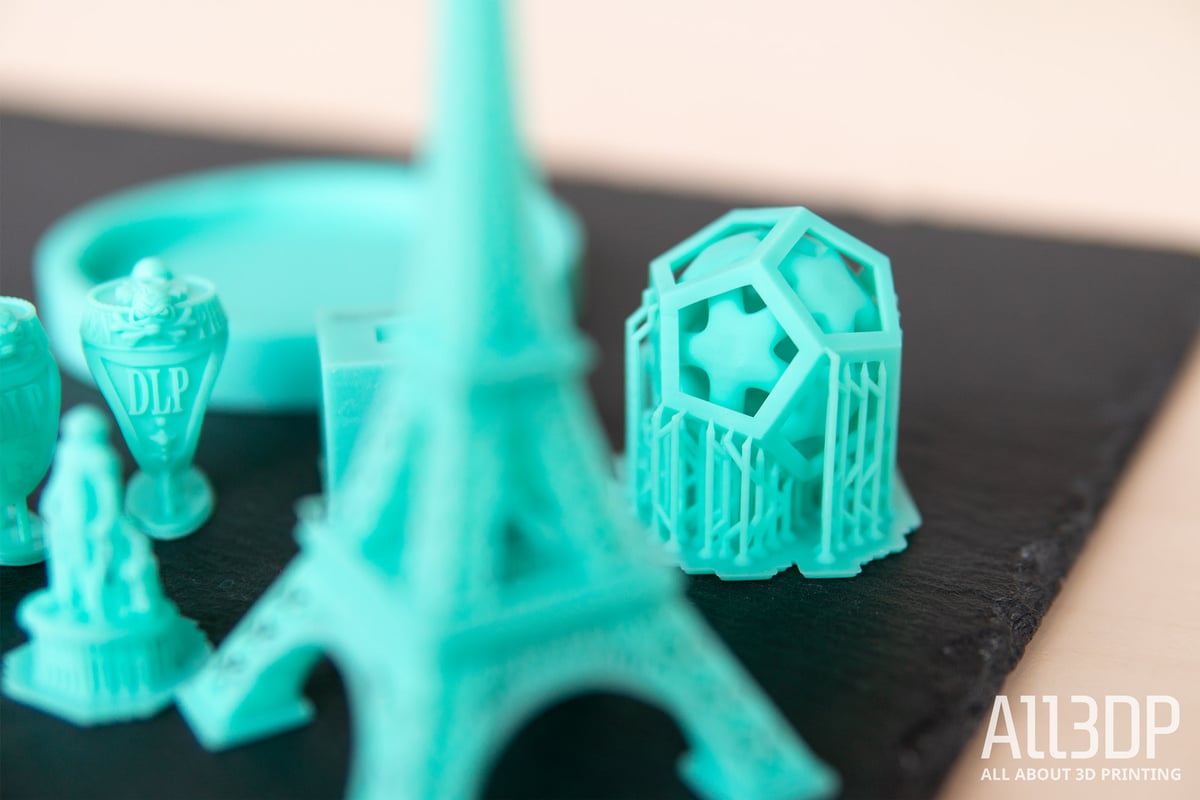
Operation
The Phrozen Sonic Mini runs on an off-the-shelf ChiTu board, with the firmware lightly branded in Phrozen’s image. Model preparation is handled by the easy-to-use ChiTuBox software, which recently added compatibility with a number of Phrozen’s machines, including, of course, the Sonic Mini.
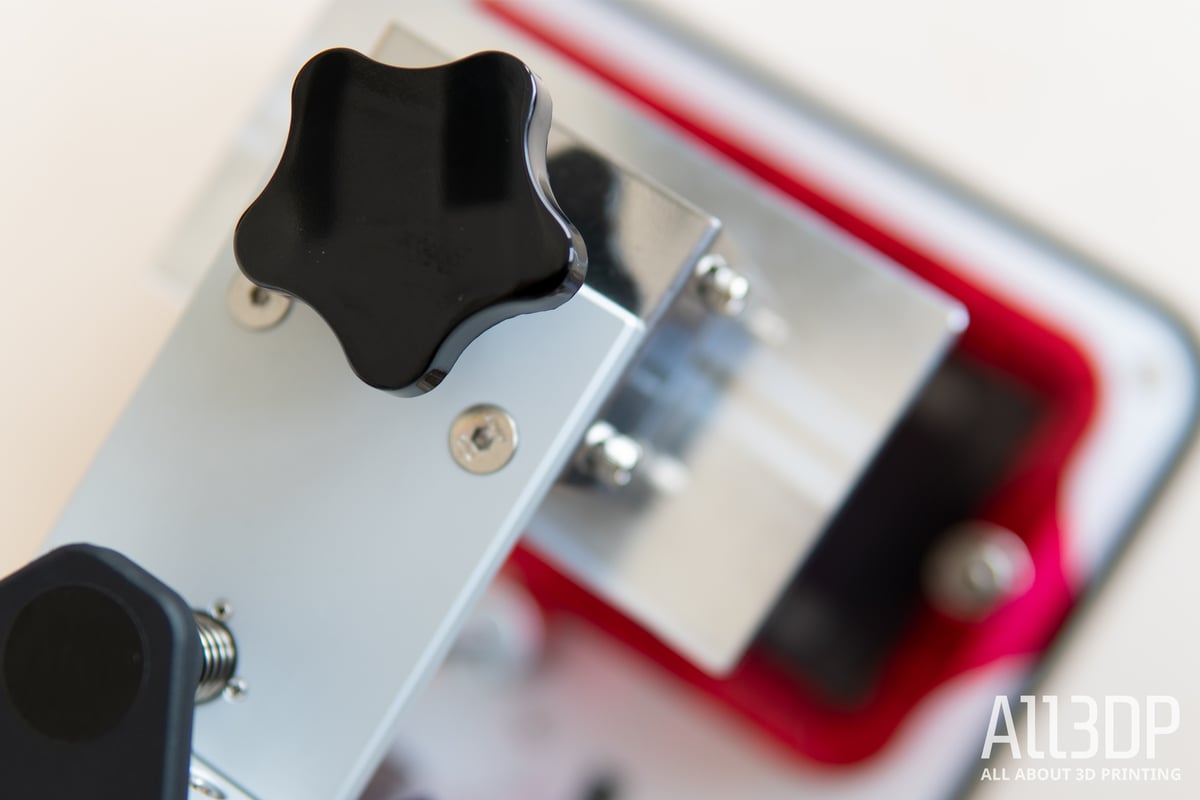
Price
The Phrozen Sonic Mini launched at approximately $200 on Phrozen’s official online store. As expected, additional costs such as shipping and possibly import taxes inflate this somewhat, although we’ve also seen the price creep up past the $200 mark. Generally, the price correlates with Phrozen’s pitch for the Sonic Mini as the printer for newcomers.

Tech Specs
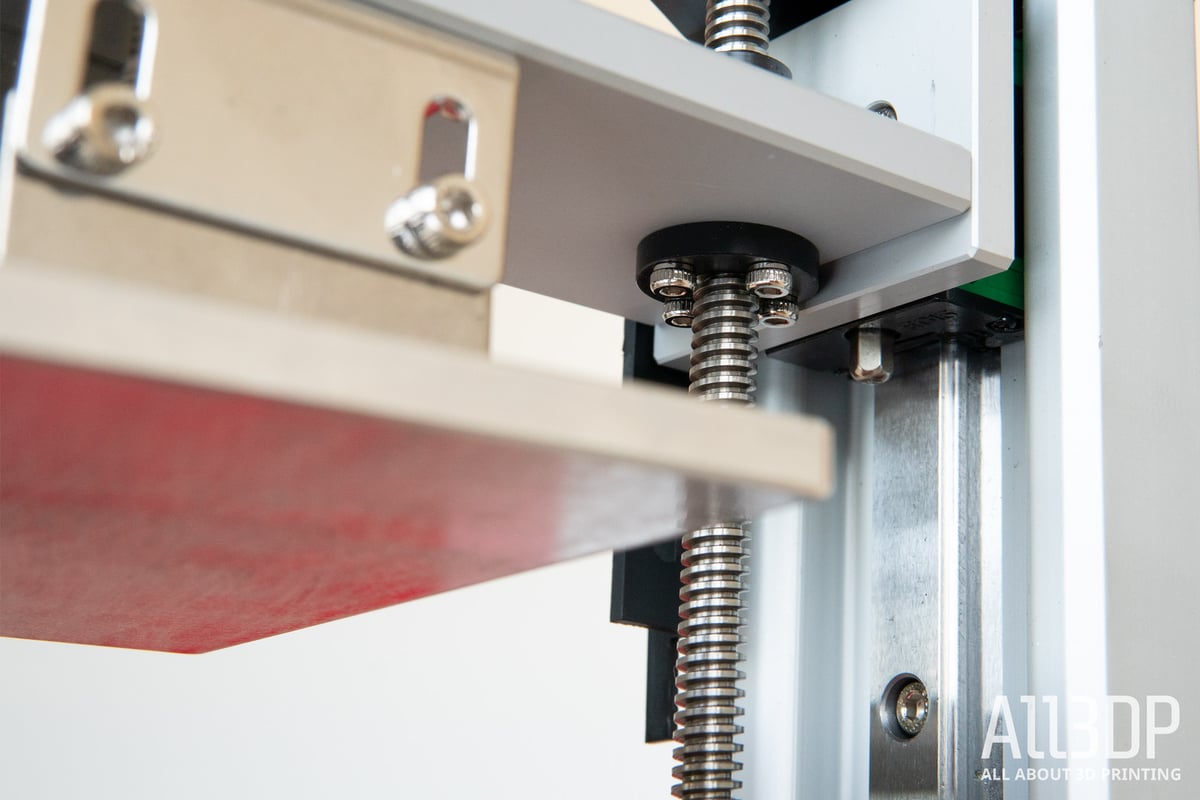
General
Printing Technology: LCD-based Masked Stereolithography (MSLA)
LCD: Custom 5.5-inch 1920 x 1080 mono-LCD, 405nm ParaLED 2.0 Lite
Build Volume: 120 x 68 x 130 mm
Z-Layer Resolution: 10-micron
XY Resolution: 62-microns
UI: 2.8-inch IPS touchscreen display
Connectivity: USB
Build Platform Leveling: n/a
Materials: Resins suitable for 405nm LCD-based printers
SOFTWARE
Software bundle: Phrozen OS (onboard), ChiTuBox (desktop)
File types: OBJ, STL (desktop)
WEIGHT AND DIMENSIONS
Weight: 4.5 kg
Dimensions: 250 x 250 x 330 mm

CERTAIN CONTENT THAT APPEARS ON THIS SITE COMES FROM AMAZON. THIS CONTENT IS PROVIDED ‘AS IS’ AND IS SUBJECT TO CHANGE OR REMOVAL AT ANY TIME.
